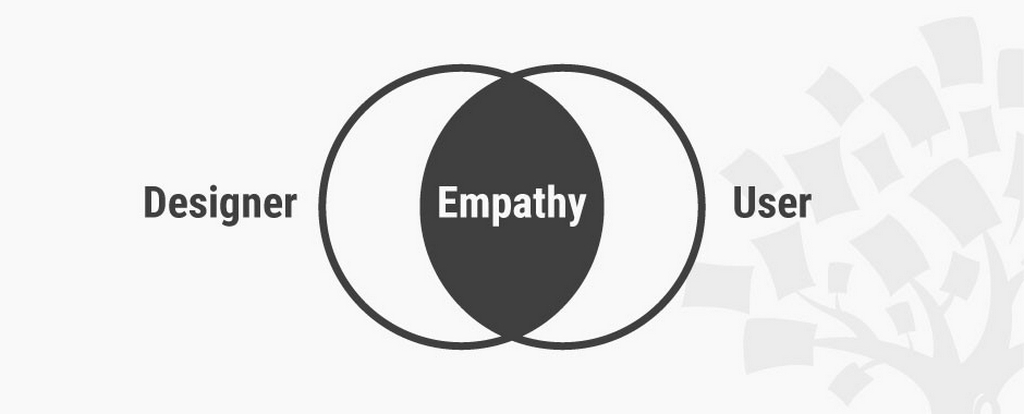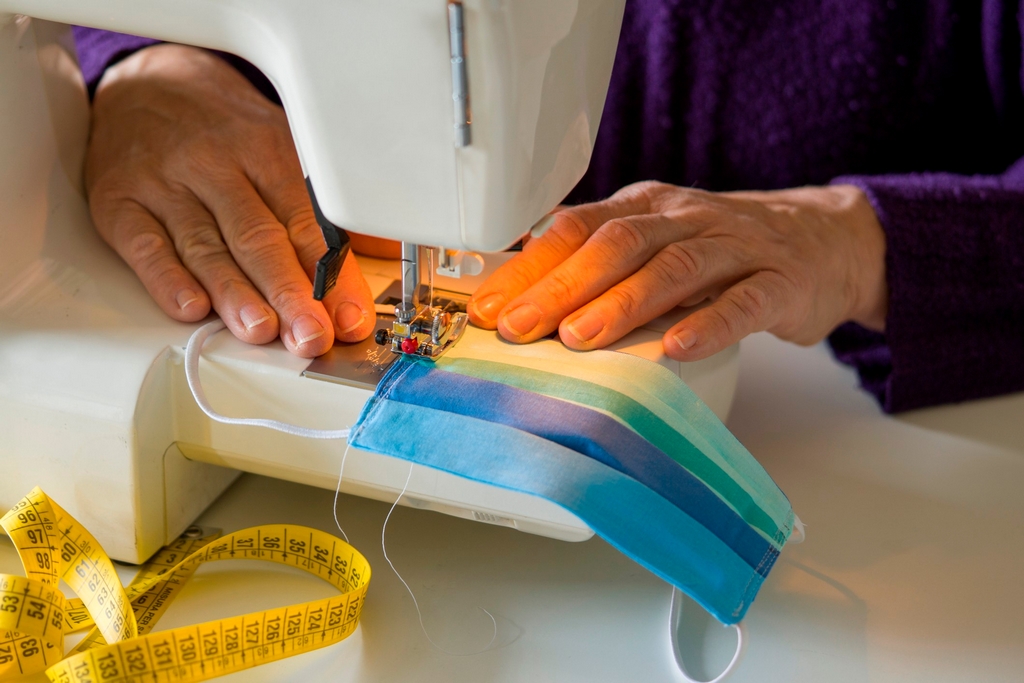A KNOWLEDGE WEBINAR ON THE WORLD OF DESIGN WITH SWATI GUPTA
22/06/2020 2023-10-20 11:46A KNOWLEDGE WEBINAR ON THE WORLD OF DESIGN WITH SWATI GUPTA
“Art is the question to a problem; Design is the solution to the problem” – Unknown
The World of Design is intriguing but at the same time extensive. To encode the world of Design, Ms. Swati Gupta, Assistant Professor, Department of Fashion, conducted a webinar in association with Great Place to study to enlighten the students about the various knacks of how to survive when you enter the world of design. She dealt with topics such as introduction to Design, the nuances, and skillsets required to be a unique designer, about Indian Design Language, and the Career prospects for Designers in the future ahead.
The session began with Ms. Swati giving an introduction to Design and its nuances. The history of design takes us to the early craftsmanship era and how it has evolved with time. Design is nothing but Dramatic Architecture. It is the amalgamation of Art and Science; Intuition and Innovation. According to Ms. Swati, Design is everywhere around us, in its most versatile form, which makes most of us designers or oriented to becoming designers. The question then arises, how does one know if they could be a unique and a great designer?
Some of the points that she highlighted were:
- Design is everywhere, but a good designer must always be very observant and has to have an eye for details.
- Curiosity and Creativity are the two most powerful weapons that could make you unique as a Designer.
- Adaptability and Flexibility– A good designer must be able to survive every situation that arises, and his/her design must sustain and aid the situation. A designer should be flexible for collaborations and believing out of their bubble.
- Impact– Your strength as a designer can be testified with how impactful your design has been to the community, society, and environment.
One of the most important facets of Design is providing Solutions. A designer’s prime role involves creating designs that could make life easier by finding solutions. But designs too have been bent upon emotional levels. The pivot of every design involves Empathy and Emotion. By citing a very interesting example, Ms. Swati explains this statement of hers. She asked a very simple question concerning a ball pen’s cap as to why there is a hole in the top of the cap. A utility we use every day, we sure did think of it at some point but never cared to find the answer. She explained how the design solution works with empathy. The hole is made to prevent the cap from completely obstructing the airway if accidentally inhaled. As most of us have the habit of putting the cap in our mouth while thinking or working.
This perfect example of how design is aligned to human functioning and the designer was observant about how people used it and thus a simple design could save lives. This is how Design Service works.

COPING WITH LOCKDOWN
Coping with the current pandemic has been the most difficult task for most of us. This baffling period has sure let most of our positive energy down, but Swati urges students and professionals to believe in light at the end of the tunnel. She urges on doing creative work to constantly cope with the anxiety and stress that this period has brought upon us. As designers, one must always keep upgrading our skills to foster growth. Thus, her main focus was that given the gift of time we must use it wisely in self-educating ourselves, to analyse our work and reflect upon new ideas and design solutions. This is the best time to focus on ourselves. Growth starts when you are happy.
THE GOLDEN AGE OF DESIGN
The Evolution of Design since the early craftsmanship era has truly been quite a journey. From the functional designs after a revolution to technology and digital age, Design has come a long way. Swati, says that we are living in the best phase of design as we are technologically aided and can explore ideas that once were considered unachievable. We sure have the most important aspect which is the knowledge of the past, which helps us to learn from them and avoid making the same mistakes. We could also save time from trial and error as we now know what works best and what doesn’t. We are also well resourced. Today’s designers have reached the new edge which is the culmination of all the above-mentioned elements. Earlier design had no emotions attached to it but now it has proved to be the most vital tool for a successful design.
Design Thinking is essential for a user perspective and helps us work better when design is worked more along the lines of Centric Approach.
INDIAN LANGUAGE OF DESIGN
With the whole world going digital, there are some amazing designers that go unnoticed. While she explained how some of our artisans and amazing designs fly under the radar as they are not given much importance but they are still prevalent in our country. For example, Pots are such a simple and effective design made of very few elements of clay and water, a utility used to carry water. They are also eco-friendly, easily degradable, and cost-effective. The Charpai, used for sleeping, handmade is extremely comfortable provided the ventilation design for summers and people have used this as an inspiration in designing lounges.

Thus it is very important to value our roots- imbibe our culture’s richness into your design, and make the most of it. Empower and Promote local industries. Indian designers have diversity as a strong instrument to implement in their designers. The sarees made in Kerala are very minimalistic and differ from the colorful ones made in Rajasthan. Our loud culture, heritage, and colours make India what it is and we need to imbibe it in our designs and make the best use of it. It is important to have our own identity and acceptance of our nation’s craft.
FUTURE OF DESIGNERS – POST PANDEMIC
Ms. Swati sheds light upon the most awaited question of what the future holds for designers. The pandemic crisis had sure been a hard hit on several industries but the time has given us the opportunity to think more and create new discoveries. She also adds that the future will be more conscious. Sustainability and conscious living will improve the quality of life and society. The future designs must be more holistic and have to be easily accessible to all sections of people. There will be a drastic shift in consumer behavior and designers must be flexible to work around the same.
Masks have become a functional utility and will continue to be. Mask- Making is the new happening for designers making sure that they are innovative and tend to both safety and style. Since we are more likely to wash clothes often, the fabrics used hereafter must be given utmost care for its longevity. Appreciate local and authentic designs and craft than fast fashion.

In conclusion, Swati ends the insightful session of how to adapt and survive, as a designer by preaching the most superlative statement, “Design helps people deal with change”.
Design has drastically changed and has led to the openness to pursue it as a career, and has better employment opportunities. Discoveries and Creative Inventions are important in case of growth and Re-live life consciously leads to the betterment of society. We should also make things that matter the most. Currently, everyone’s careers are at stake but Adaptability is the key for the future. We are extremely grateful for Ms. Swati Gupta for her valuable time and effort to enrich the students with the knowledge webinar about Entering the World of Design.
Watch her webinar below:













